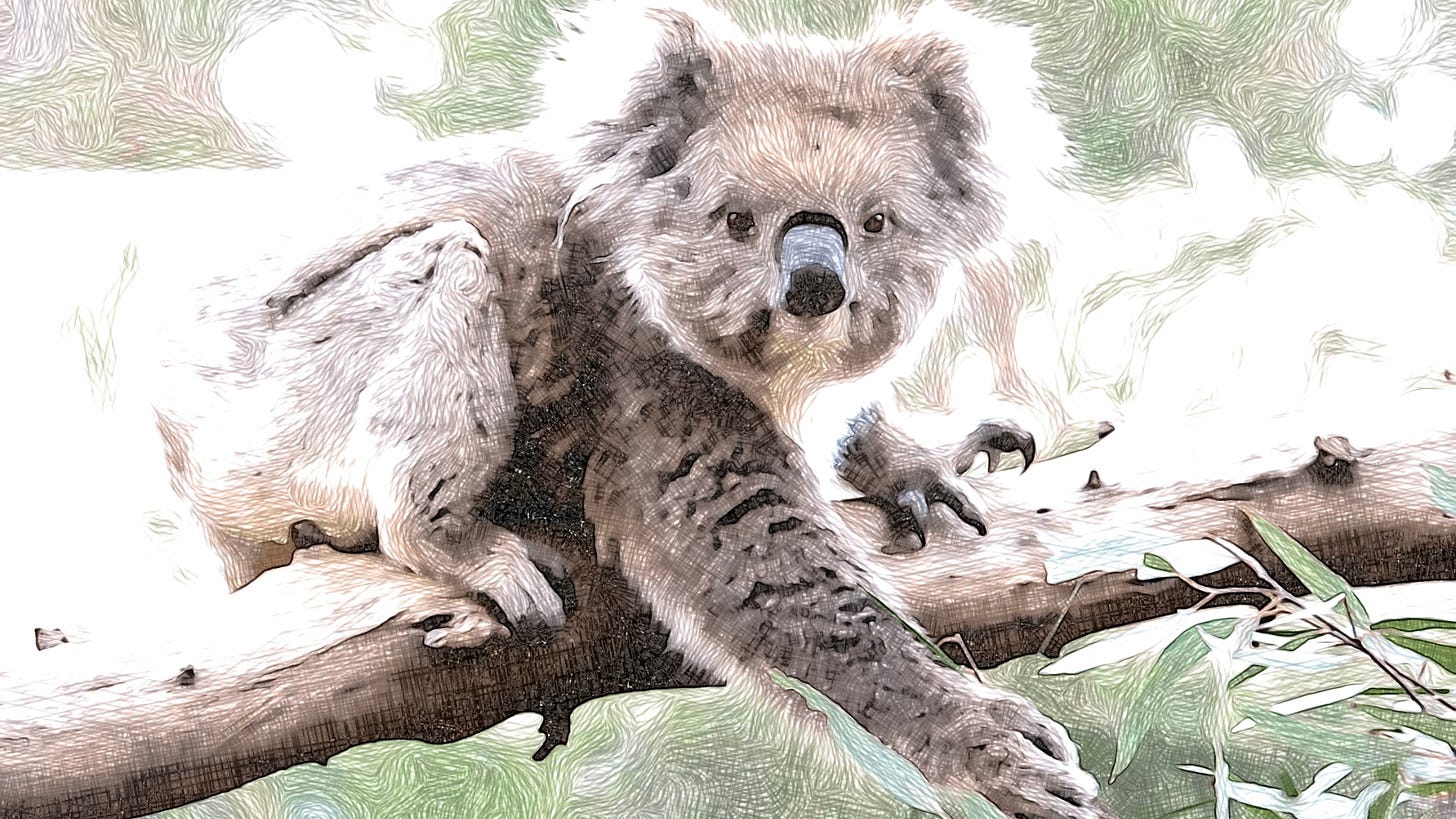Tanya Plibersek is a koala lover. The Environment Minister’s Facebook page is peppered with pictures of her encounters with the furry marsupials. She laments the Black Summer bushfires that killed or displaced thousands of koalas, impacting 3.7 million hectares of koala habitat on Australia's east coast.
Keep reading with a 7-day free trial
Subscribe to Reality Bites By Nick Cater to keep reading this post and get 7 days of free access to the full post archives.




